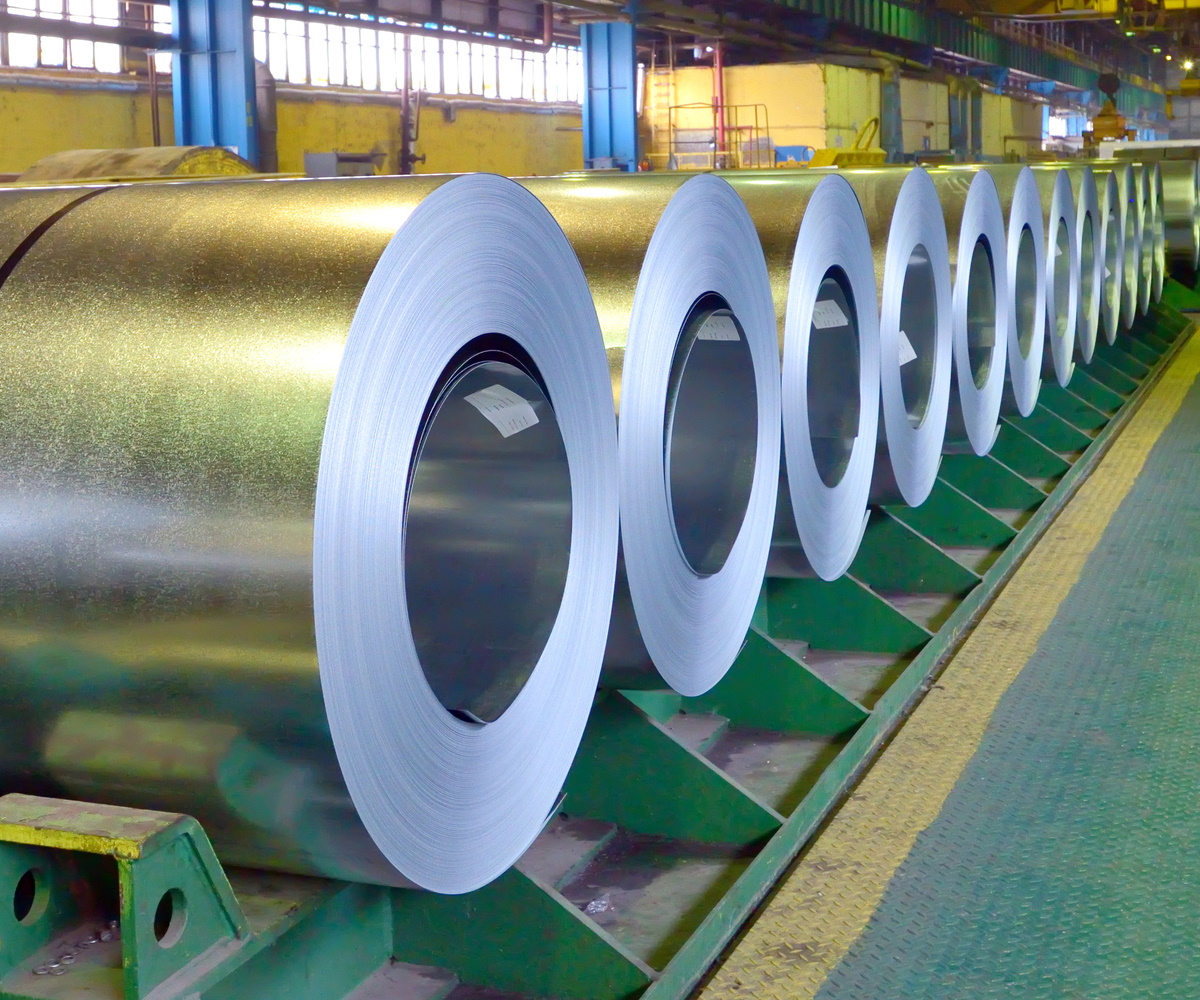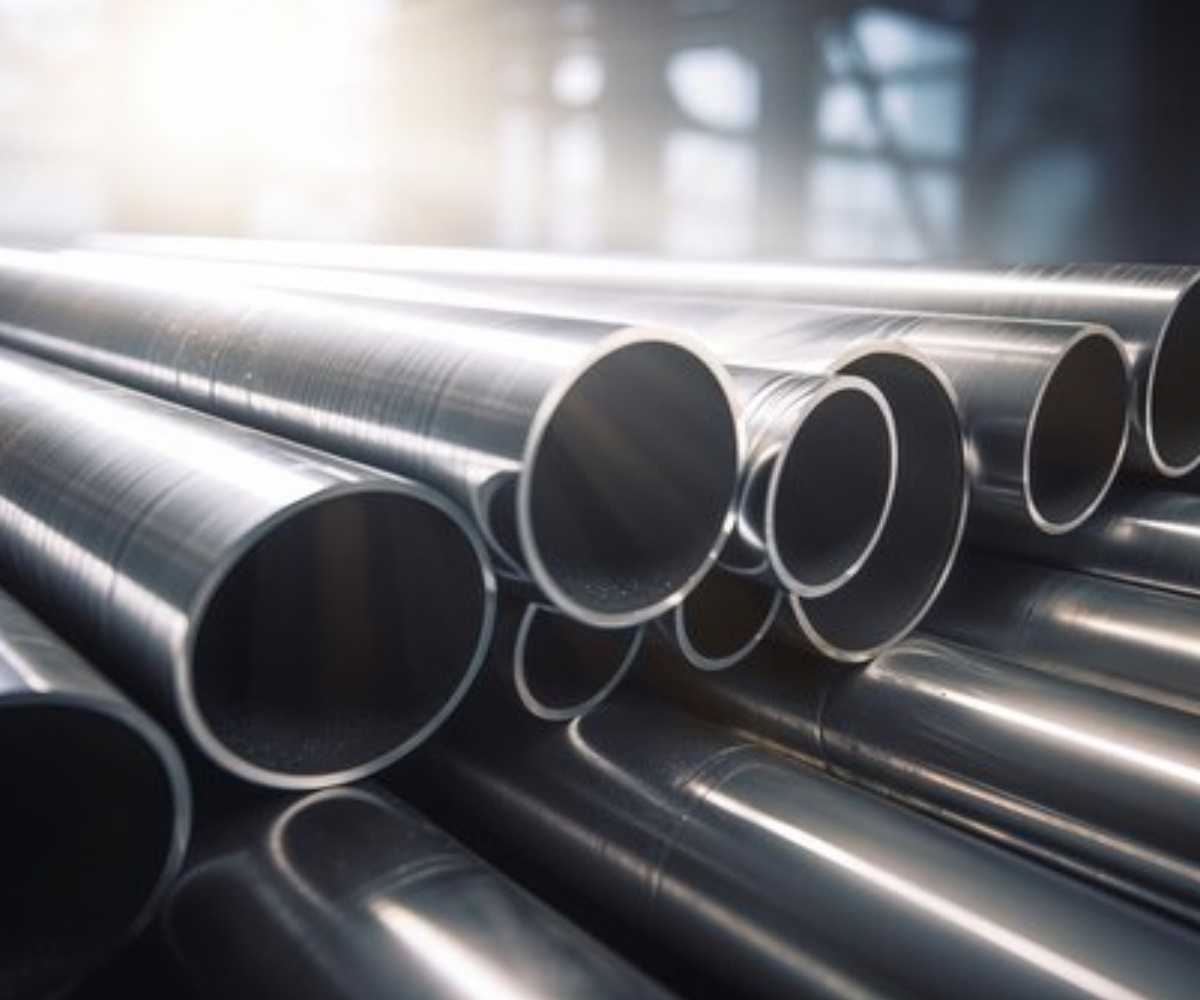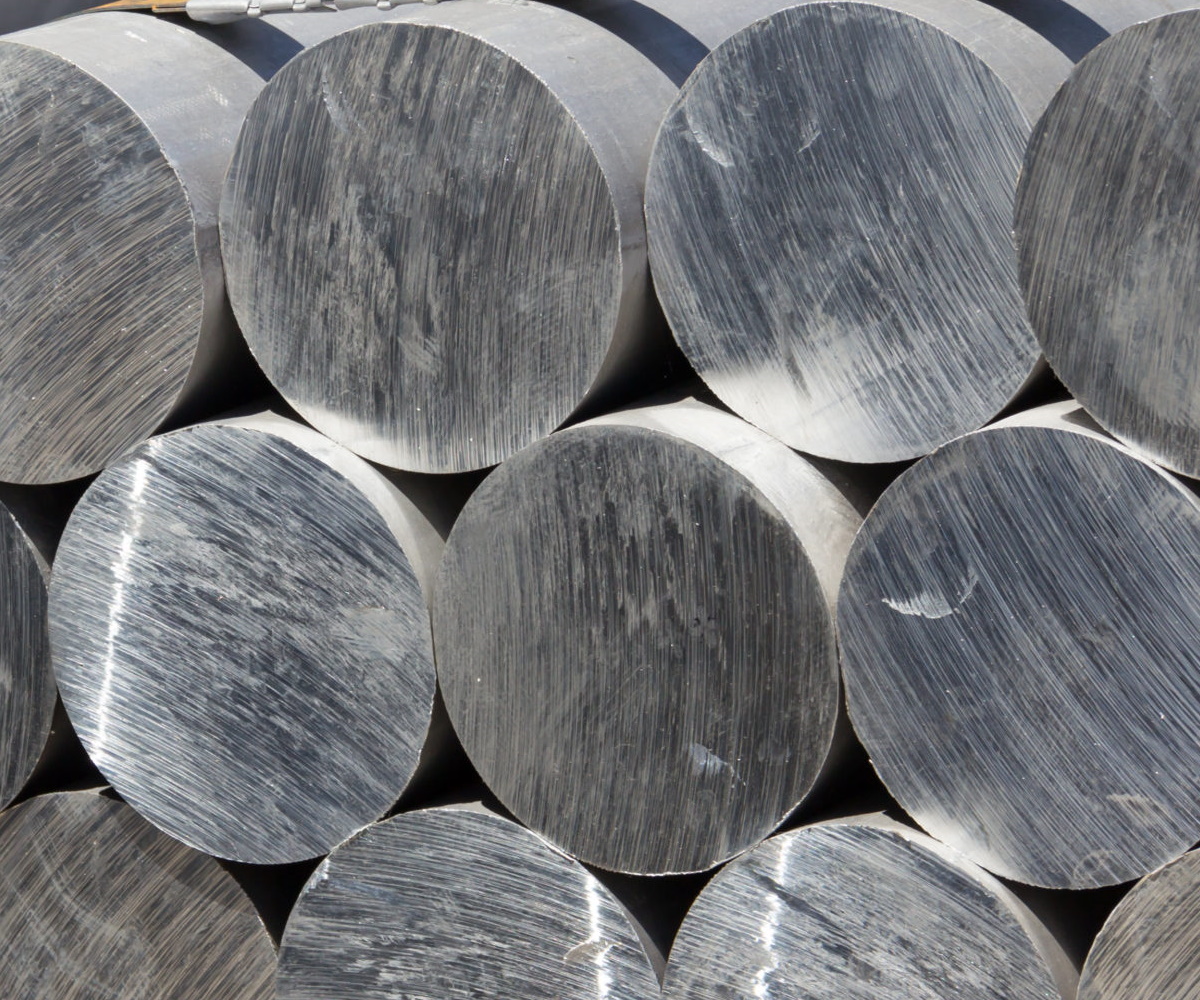Tremor Alloys - Manufacturer and Supplier of Aluminium Alloy Products
Top Products
Tremor Alloys is a leading ISO 9001:2008 accredited by UKAS for metals stockholders and processors. Tremor Alloys is a multi-billion dollar Indian company that has the global resources to deliver a service at the price and quality you need for your organisation. Tremor alloys bring you the best of everything from a wide range of stock; nationwide coverage; quality approvals with full traceability through to a comprehensive processing capability and delivery service.
In today’s fast-paced commercial world, many leading manufacturers are looking for more than just a material supplier. They want a supply partner to understand and share their goals and business strategies. A supply partner who can offer a range of bespoke solutions to meet the needs of whatever specific business sector they are in. A supply partner who both listens and then acts on what is required by providing innovative solutions. Tremor alloys already make a difference to many of its existing customers by being such a supply partner. Contact us today to see how we can make a difference for you.
Everything on stock More than 50,000 tons of ferrous and non-ferrous metal semi-finished products are waiting for your order in our warehouse in Navi Mumbai. Stainless, alloy, carbon, duplex, tool, high speed, aluminium, copper, brass, bronze, nickel alloys, titanium, tantalum, niobium, molybdenum, and tungsten. All first-class mill stocks are under one roof.
Aluminium & Aluminium Alloys -
The strength of alloys in this group depends upon the hardening effect of elements such as manganese, silicon, iron and magnesium. Since these alloys are work-hardenable, strength levels are controlled by various degrees of cold working, denoted by the ‘H’ series of tempers. Alloys containing appreciable amounts of magnesium when supplied in strain-hardened tempers are usually given a final elevated-temperature treatment called stabilizing to ensure the stability of properties
- Aluminium 1050/1080/1200 - Commercially pure aluminium, highly resistant to chemical attack and weathering. Easily worked and welded, but the lowest strength aluminium. Excellent for chemical processing equipment and other uses where product purity is important, and for metal pressings of all types where ductility is critical also, it is a Soft workable alloy having high purity which gives excellent corrosion resistance.
- Aluminium 1350 - Electrical purity aluminium with a conductivity of 61.5% for the international Annealed Copper Standard. For similar current and temperature rise conditions a conductor in this alloy weighs 46% of a copper conductor. It is obviously used principally in electrical bus bars where low resistivity is a critical requirement. The electrical quality alloy is not often found in the rolled form, normally rolled to special requirements.
- Aluminium 3003/3103 - 1% Mag Alloy, Stronger than 1200 with the same good formability. Fine corrosion resistance and good weldability. Used for storage tanks, chemical equipment, brazing applications, van bodies and cryogenic uses. For higher strength, consider 5251 or 5052.
- Aluminium 5005 - Specified for anodized applications to match with 6063 extrusions. The anodized coating is clearer and lighter than for 3003 / 3103 in severe drawing applications. Uses are decorative, architectural and consumer products.
- Aluminium 5251/5052 - Far stronger than either of the above alloys. Forms readily in the intermediate tempers. Corrosion resistance is very good as is weldability. Better salt water corrosion resistance than 1200. Used for pressure vessels, tanks, fittings or applications involving forming or welding where strength higher than 3003 is needed. Also houseboat hulls, pontoon boats and van bodies
- Aluminium 5083 - Stronger than either of the above alloys. For high-strength welded applications with outstanding joint strength - rail wagons, marine components, bridges, stationery cryogenic vessels and overhead cranes. Excellent weldability and corrosion resistance. Static welded strength is second only to 5754 and 5083 is superior to 5754 in energy absorption. Restricted to a temperature below 150°C = 65.5°C. The widest range of plates from stock
- Aluminium 5086 - Excellent for welded structures - strip hulls and superstructures, road tankers, pressure vessels, movable and stationery cryogenic vessels and structures requiring a high rate of energy absorption. Restricted to temperatures below 150°F = 65.5°C.
- Aluminium 5154 - Similarly to 5083 which has largely superseded it, mainly used on MOD and naval applications
- Aluminium 5454 - For all types of welded structures. ASME code approved for temperatures up to 400?C = 204.4?C. Used for hot asphalt road tankers, dump bodies, pressure vessels and marine structures.
- Aluminium 5754 - Similar to 5454 which has largely superseded it because of superior stress corrosion characteristics.
Heat-treatable Alloys -
The strength of alloy in this group is enhanced by the addition of alloying elements such as copper, magnesium, zinc and silicon. Since these elements show increasing solid solubility in aluminium with increasing temperature, thermal treatments impart pronounced strengthening. The first step, called solution heat treatment, is an elevated-temperature process designed to put the soluble element or elements in a solid solution. This is followed by rapid quenching, usually in water, which momentarily ‘freezes’ the structure and for a short time renders the alloy very workable. It is at this stage that some fabricators retain this more workable structure by storing the alloys at below-freezing temperatures until they are ready to form them. At room or elevated temperature, the alloys are not stable after quenching, and precipitation of the constituents from the super-saturated solution begins. After a period of several days at room temperature, termed ageing or room temperature precipitation, the alloy is considerably stronger. Many alloys approach a stable condition at room temperature, but some alloys, particularly those containing magnesium and silicon or magnesium and zinc, continue to age - harden for long periods of time at room temperature. By heating for a controlled time at slightly elevated temperatures, further strengthening is possible and properties are stabilized. This process is called artificial ageing or precipitation hardening. By the proper combination of solution heat treatment, quenching, cold working and artificial ageing, the highest strengths are obtained.
- Aluminium 2011 - The Free Machining Alloy - Machines to an excellent finish. Often replaces free machining brass without a change of tooling. First choice for screw machined parts unless higher strength or more corrosion resistance is required. Contains lead and bismuth to produce fine chips. Typical parts are clock gears, nozzles, pipe items, and spindles.
- Aluminium 2014/2024 - High strength alloys with excellent machinability widely used in aircraft. Have limited formability and only fair corrosion resistance in the heat-treated condition. Not recommended for fusion welding. Used for high-strength parts in aircraft and machinery, including gears and bolts and for security vans where strength is critical. It has a tendency to allow the removal of a greater volume of metal in a single operation for an equipment standard of finish than 6082. Durability, however, is lower and needs a protective coating. Machines are better in solution-treated conditions than fully heat treated. Used for machined parts where these characteristics are critical.
- Aluminium 6063 - Low to medium strength alloy suitable for more intricate sections requiring good corrosion resistance and high surface finish. Used in transport and all architectural applications where good anodizing characteristics are essential. The most common alloy for shape from stock.
- Aluminium 6082/6061 - Widely used structural alloys for light to medium strength applications. Combine good formability, and weldability, brazed with fine finishing characteristics and good corrosion resistance and strength after heat treatment. Since they lose appreciable strength when welded, the 5000 series alloys replace them in some marine applications. The availability of bars, shapes, tubing and pipe in the same alloy helps make this a popular selection. 6082 is the most common heat-treated plate from stock. 6061 is similar to 6802 with better formability but is more difficult to extrude and possesses lower strength. Used for couplings, hardware, hydraulic pistons, etc.
- Aluminium 6101A - The best combination of mechanical and electrical properties, 55% for this international Annealed Copper Standard. See comments on 1350. Normally in bar form
- Aluminium 7020 - A medium to high-strength alloy with good machining and welding characteristics used in general engineering, aerospace and defence applications
- Aluminium 7075 - A very high-strength aircraft alloy. Good machinability and hardness. Not for welding and corrosion resistance.
Annealing -
All aluminium alloys are available in the annealed form. It may be desirable to anneal an alloy from any other initial temper, after working, or between stages of working such as in the deep drawing.
Mould Plate -
A mould plate is a rolled tooling plate. This is generally made for rolling mill's house specifications. It is not as stable as cast tooling plate but gives a much better life in highly machined components. Its porosity-free characteristics make it ideal plastic injection mould. Most commonly used in the 100mm to 250mm thickness range, but some mills can produce up to 400mm thick
Tooling Plate -
- Cast - A continuous cast plate machined on both sides to about 25 microinch finish and thermally stress relieved. Has the best thickness tolerance of any aluminium plate plus maximum stability. Excellent for precision applications such as electronic base or mounting plates, photos vacuum plates, and checking fixtures. Has good welding, anodizing and corrosion-resistant property. No forming. Usually used in the 6mm to 30mm thickness range, but also available up to 150mm
- Rolled - A continuous cast plate machined on both sides to about 25 microinch finish and thermally stress relieved. Has the best thickness tolerance of any aluminium plate plus maximum stability. Excellent for precision applications such as electronic base or mounting plates, photos vacuum plates, and checking fixtures. Has good welding, anodizing and corrosion-resistant property. No forming. Usually used in the 6mm to 30mm thickness range, but also available up to 150mm
- 5558 - A specialist aluminium alloy rolled plate specifically designed for tooling applications, particularly in machine beds or jigs. This alloy has all the characteristics of 5083 in welding, polishing and anodizing but has the machinability of 6082. A full range of thicknesses from 6mm to 300mm is available.
















